
PV: Mr. Phung Quang Thang, why in recent years, when talking about Nghe An tourism, people still only talk about sea tourism, while this "sacred land of talented people" has many famous landscapes and relics?
Mr. Phung Quang Thang: To develop tourism, people usually aim for what is easy to do first. However, over time, those tourism products need to go into depth. Nearly 20 years ago, Vietnam tourism was just taking its first steps, the strategy at that time was to develop sea tourism. That was completely true at this stage, because exploiting natural values is easy to attract, and tourists can also easily feel.
But at some point, people will not only look at the natural beauty but also want to see and feel the value of investment in that tourist destination, for example: architectural works, social works... But the most difficult thing is whether those infrastructures are in harmony with nature or not, and whether they demonstrate the sustainability of tourism development in that locality or not? Meanwhile, tourists will increasingly have more knowledge to travel, especially international tourists.
PV: Currently, for tourism products exploiting natural values in Nghe An in general, what do you think should be noted?
Mr. Phung Quang Thang: Previously, we focused on using natural values, but now we need to pay attention to preserving nature so that investment is more sustainable. For example, beautiful beaches in our country in general, Nghe An in particular, are "gold mines with endless reserves". Beach tourism areas, in addition to providing tourists with a destination, regenerating the labor force for local people, being a place for relaxation and entertainment..., are also for exploring local culture. Tourists always have a need to go to pristine, original areas.
Therefore, exploiting the value of natural resources requires a specific policy. Exploiting international tourism not only with natural landscapes and convenient services but also attracting them with cultural tourism itineraries. Cultural tourism is the core product to attract and attract visitors. Every locality has its own characteristics. Therefore, all destinations interested in cultural tourism will promote international tourism better, and the revenue from that value will also be much better.

PV: According to what you said, can we imagine that the tourism product map in Nghe An is unbalanced and lacking intellectual investment in cultural tourism?
Mr. Phung Quang Thang: Of course, doing cultural tourism is more difficult and requires more time than developing natural landscape tourism. Culture must have accompanying services because it is easy for tourists to perceive with their eyes, but it is much more difficult to perceive with their ears and information.
For example, the Kim Lien National Special Relic Site attracts tourists because it has professional and dedicated tour guides. The value of this relic site is greatly enhanced by people like them. People can read stories about Uncle Ho somewhere, but this relic site still attracts visitors because of the tour guide service and other related services, along with appropriate investment. As for other areas, people are not very interested, although the value has been recognized by the Ministry of Culture, Sports and Tourism.
PV: So, in your opinion, how can cultural tourism in Nghe An be exploited?
Mr. Phung Quang Thang: Here, we can mention historical tourism in Nghe An. That is also a potential, but it seems that we have only stopped at the story of traditional education, trying to embellish and preserve relics... but have not yet formed historical tours to attract tourists. Therefore, if we want to develop Nghe An tourism comprehensively, we need to have the mindset of building tourism products in other locations, famous landscapes, and historical relics. Then, the tourism picture of Nghe An province will be more expanded.
For example, on the Ho Chi Minh trail running through Nghe An, there are many notable historical sites. Truong Bon, although well-invested, has long been oriented towards spirituality, serving tourists who come to burn incense and pay tribute to the heroic sacrifice of our army and people in the resistance war against the US. Or Thanh Chuong tea hill is now not as attractive as before. In addition to historical and cultural values, there needs to be services, with specific products to attract tourists.
Tourist attractions have always been associated with, or even highlighted by, cultural and historical values, but have not yet become tourism products. To become a tourism product in the tourism market and be purchased and experienced by tourists, that value must be added with accompanying tourism services. Services include many factors, including explanations. In current tourism products, the experience of tourists at that location, corresponding to the values of the destination, will help tourists easily feel better about that location.
The most difficult thing is to create experiences for tourists, suitable for each target group as well as accompanying services, harmonious and attractive. To do that takes a lot of time and effort, especially research on it. More importantly, it requires cooperation between those working in relic management and tourism businesses. I believe that, from the perspective of businesses, we will create unique, different products, suitable for each target group, creating a change from passive to active visitors.
Especially with Nghe An, which can connect with Laos and Thailand to develop international tourism, but if we want to have international visitors crossing the border between Nghe An and Laos, we must definitely exploit cultural tourism. If we only rely on sea tourism, international visitors will not come. For example, in the West of Thanh Hoa province, community tourism is being exploited. This place is emerging with places such as: Muong Lat, Quan Son, Quan Hoa... attracting both domestic and foreign tourists. Currently, there are no emerging tourist destinations in the West of Nghe An and we can learn from Thanh Hoa's model.

PV: If culture is considered the core foundation, it is necessary to "open the way" for the cultural industry and for creativity in building tourism products. What is your opinion on this issue?
Mr. Phung Quang Thang: Looking more broadly, I want to talk about creativity in the Cultural Industry. Particularly with tourism, creativity in exploiting the values of relic resources will always be required at a very high level. Creativity in tourism is more limited than other artistic activities, requiring it to be consistent with the value of the relic, especially historical and revolutionary relics. Because the value of cultural relics can be "identified" in many ways, but revolutionary relics are often only one-dimensional. What I mean is standardization and correctness.
The second difficulty is that for other products, creativity is easily recognized, through trademarks, patents, and certifications. Creativity in the tourism sector is difficult, but copyright in tourism has not been recognized. Meanwhile, tourism products are easy to copy and duplicate. Creativity must be recognized to promote the development of the cultural industry, including tourism. Because copyright issues are not guaranteed, in reality, we can see that most travel companies only purely exploit tourist attractions that customers are interested in and will include them in the program to connect.
As for participating in destination management and product development to attract tourists, tourism companies, even large ones, rarely participate. They only develop products from an easier perspective, such as investing in infrastructure. Large units such as Sun Group Corporation invest very well in infrastructure tourism products, which are modern but brought from other places.

If we look at it from a purely Vietnamese perspective, there are almost no tourism products associated with local culture and history. I think we can pay attention to researching and replicating the model in Ninh Binh: The State manages relics and heritage, and the private sector is responsible for exploiting services. Only when there is investment in services can there be revenue, and only when there is revenue can there be a return to preserving relics. Another factor, in addition to investing in research and innovation, is the practice of providing services.
For tourist attractions, the guards and parking attendants are completely different from those of relic sites. Everything must change, from the managers to the service staff. If we want to attract domestic or foreign tourists, we must of course change and redirect our services to suit the target group of tourists. This also requires a qualified and professional workforce.
PV: Thank you very much!
Source




![[Photo] Overcoming all difficulties, speeding up construction progress of Hoa Binh Hydropower Plant Expansion Project](https://vstatic.vietnam.vn/vietnam/resource/IMAGE/2025/4/12/bff04b551e98484c84d74c8faa3526e0)

![[Photo] Closing of the 11th Conference of the 13th Central Committee of the Communist Party of Vietnam](https://vstatic.vietnam.vn/vietnam/resource/IMAGE/2025/4/12/114b57fe6e9b4814a5ddfacf6dfe5b7f)

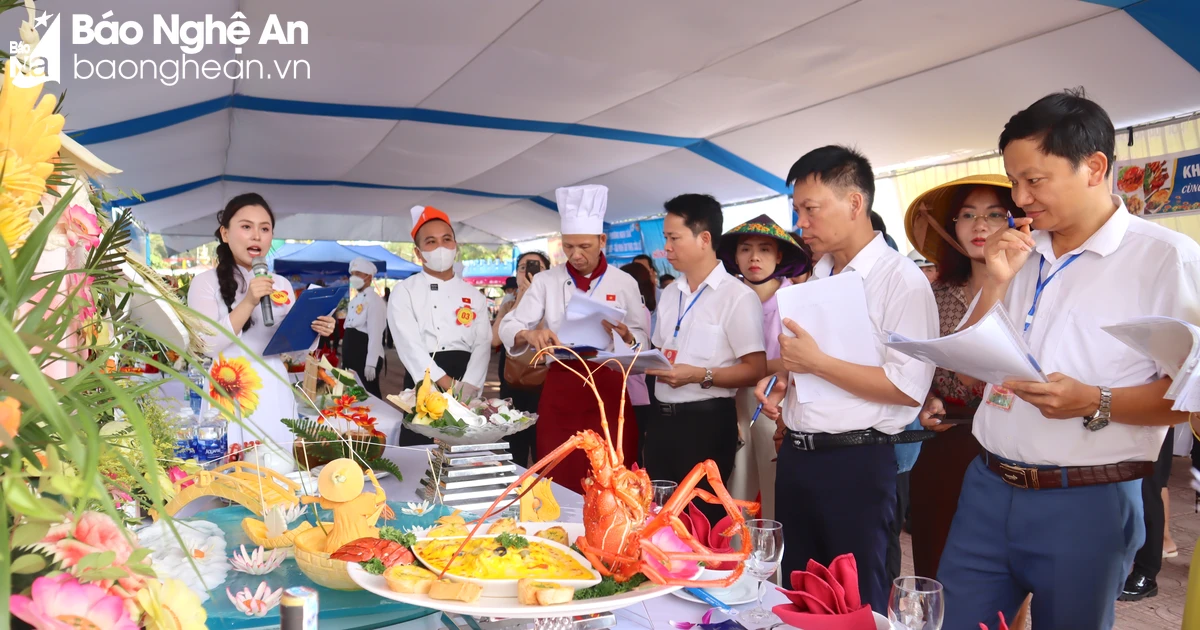
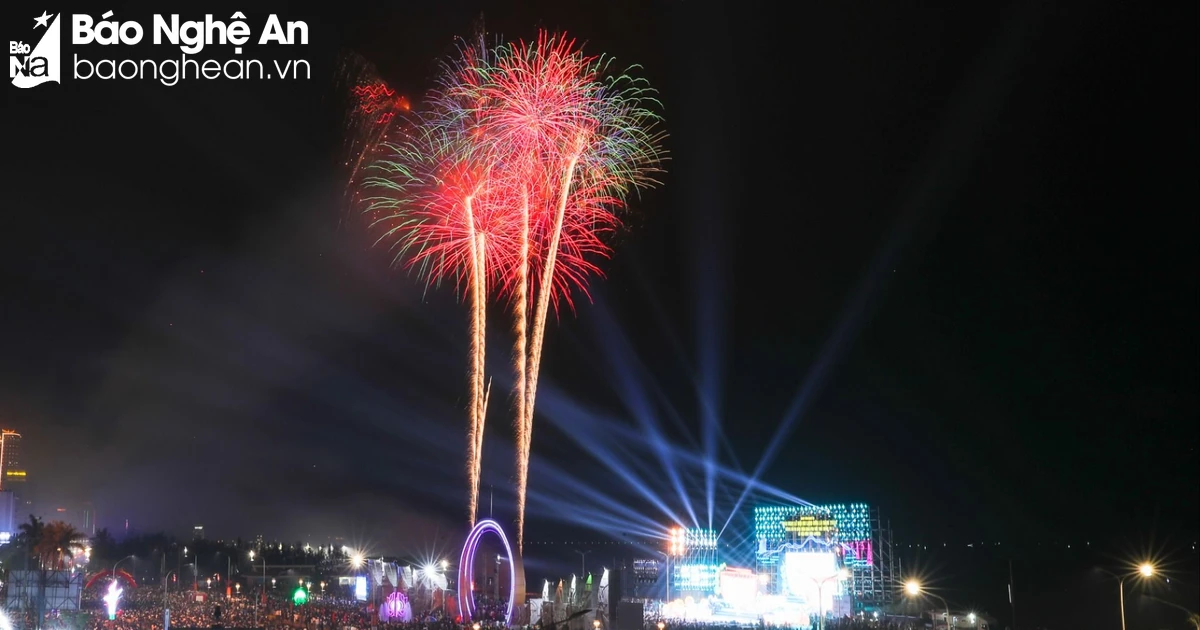

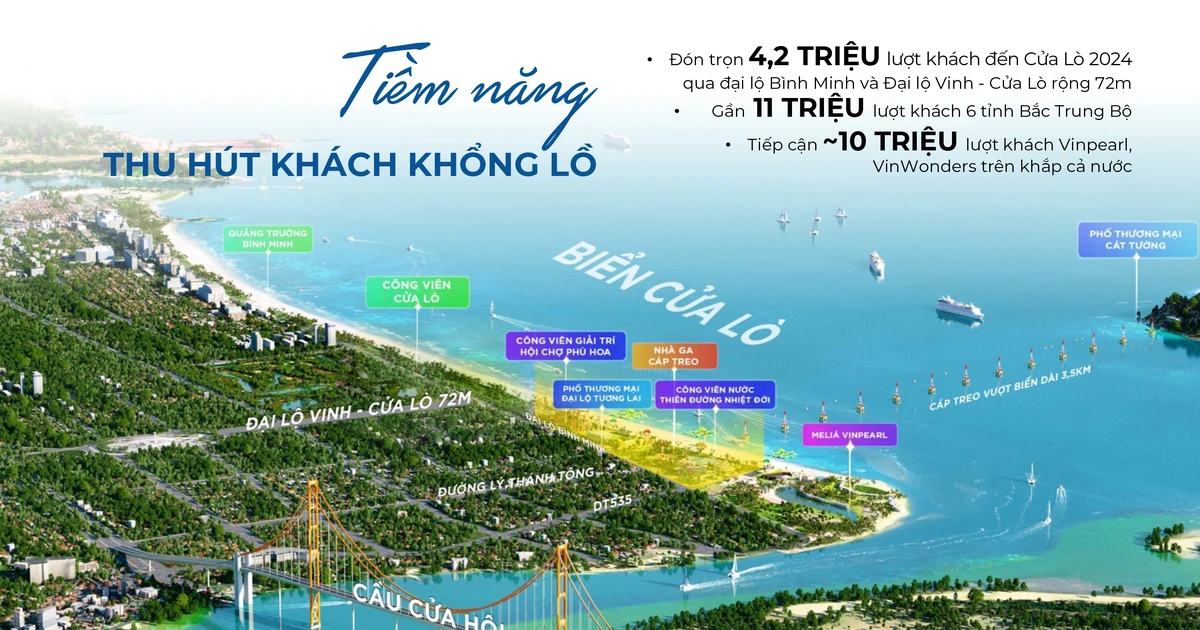


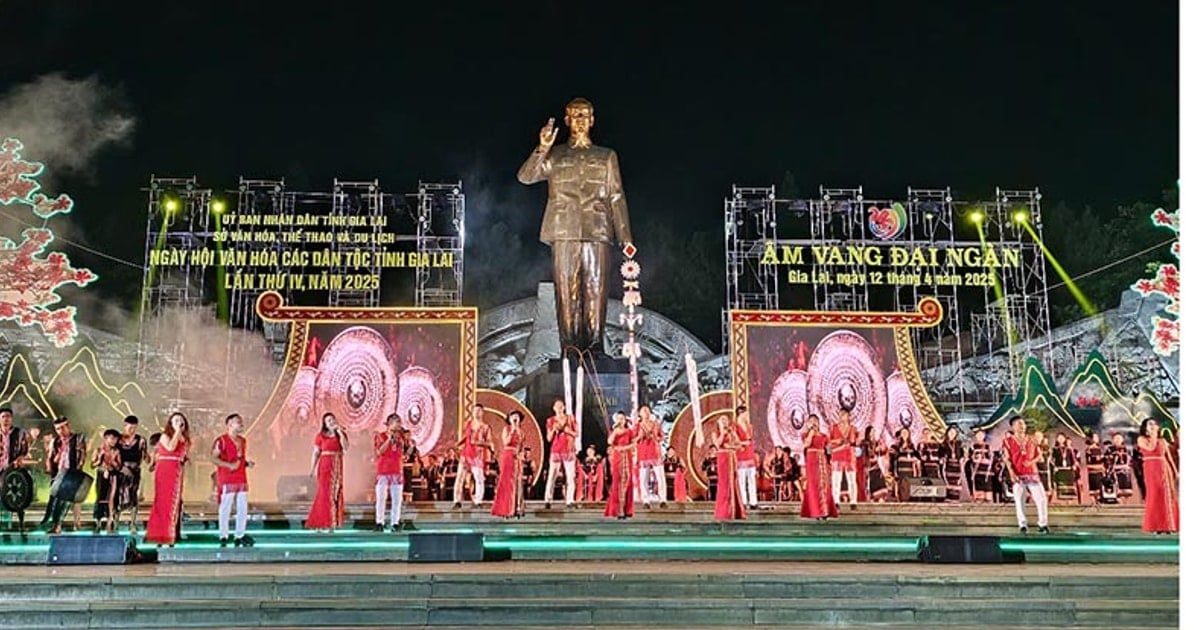
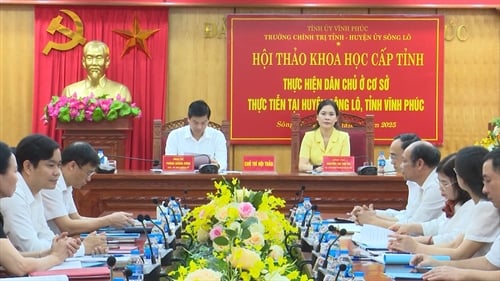
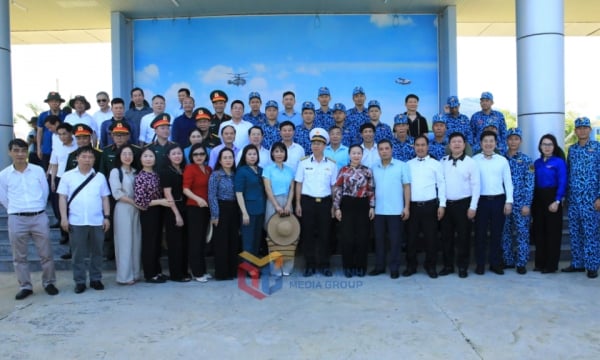
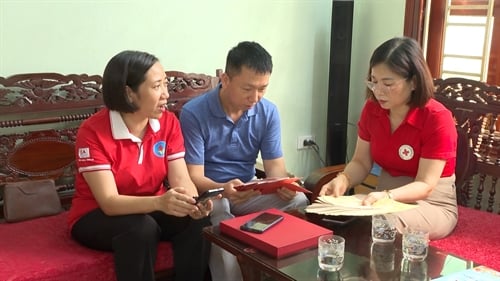

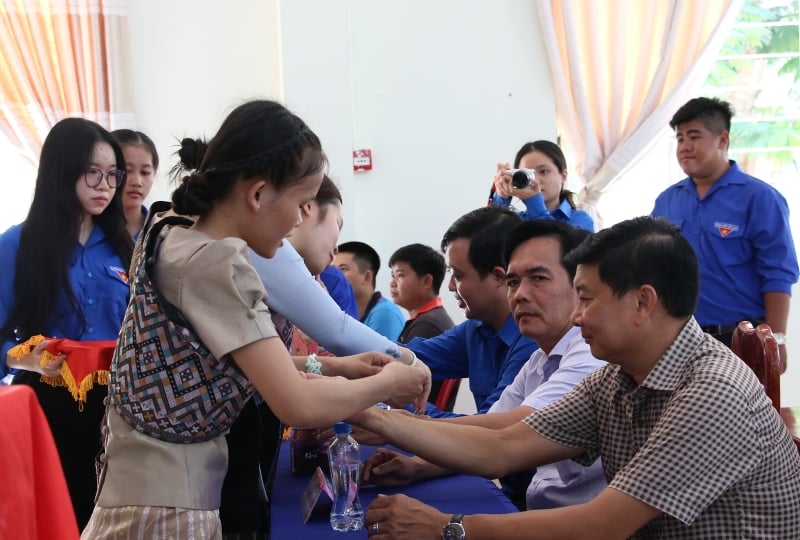



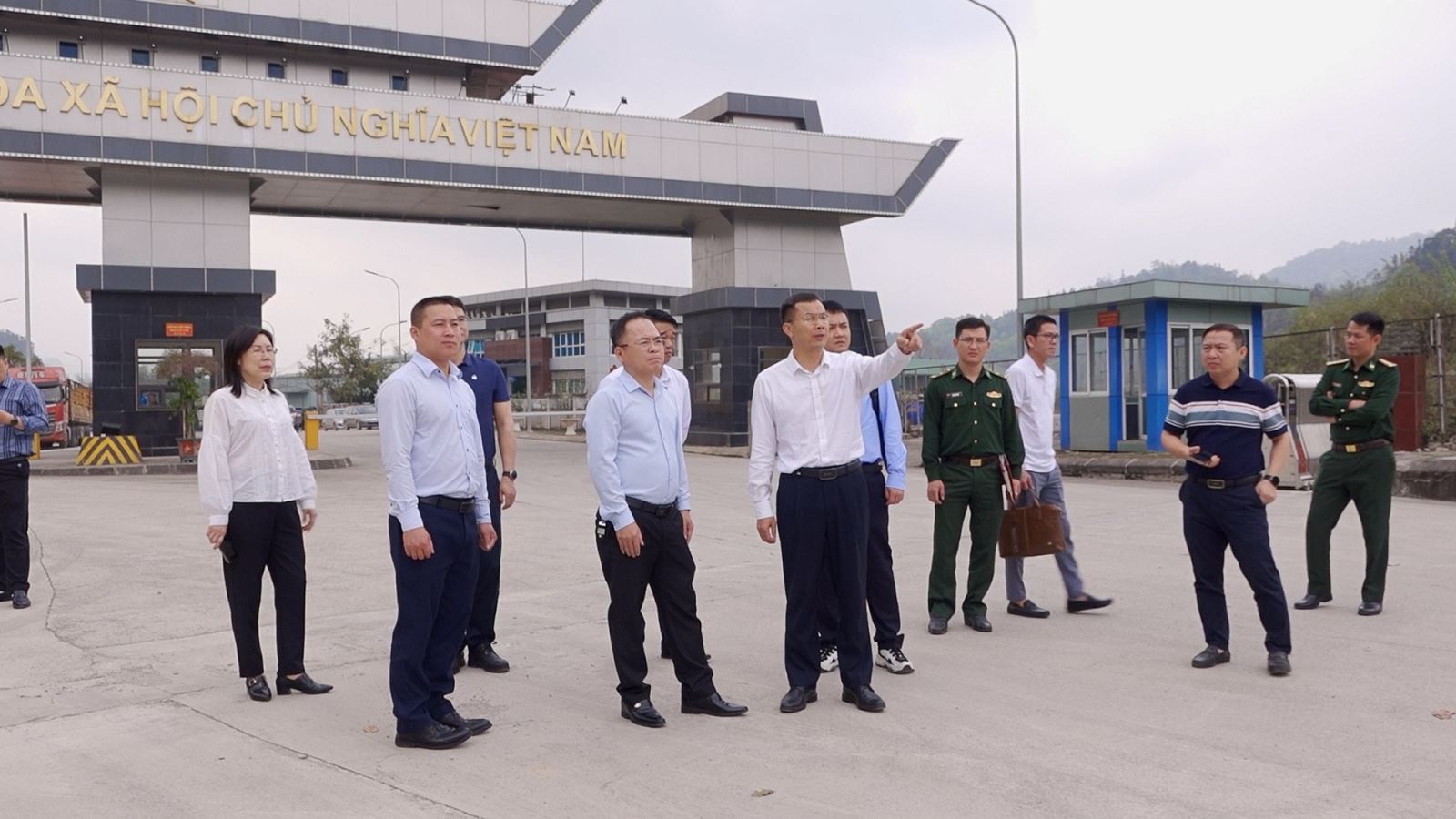
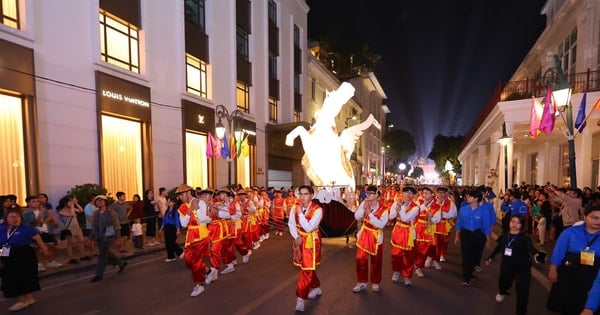
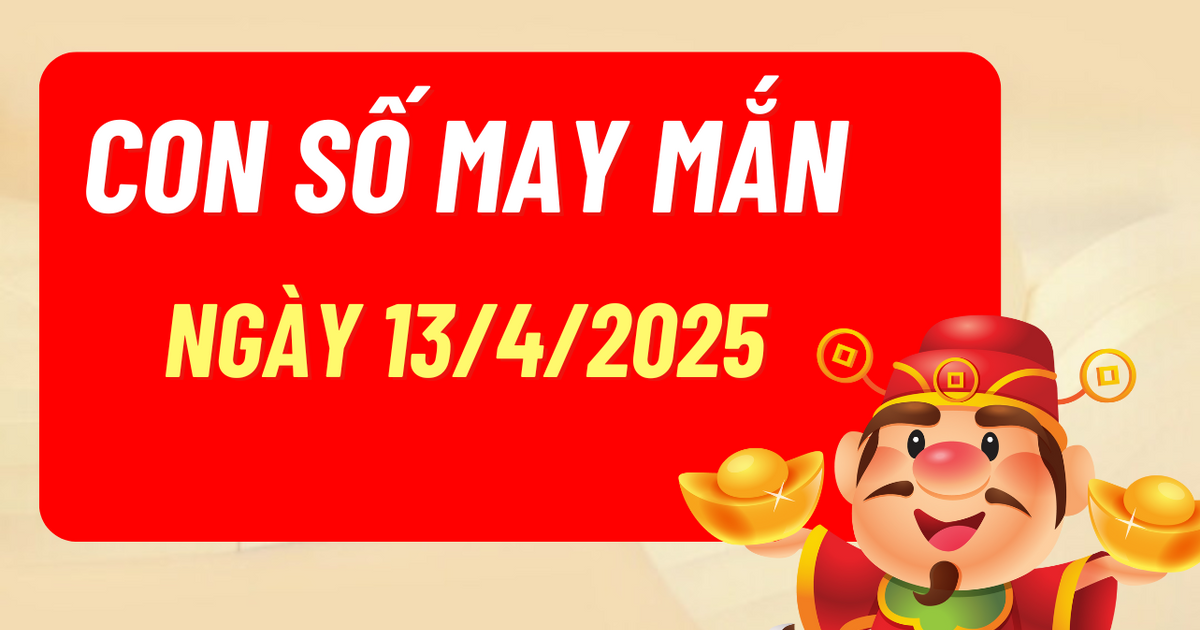
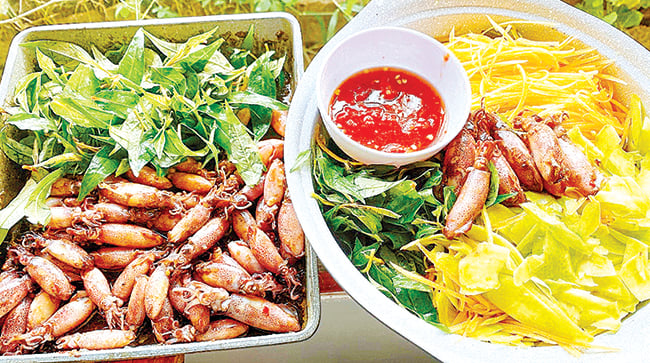
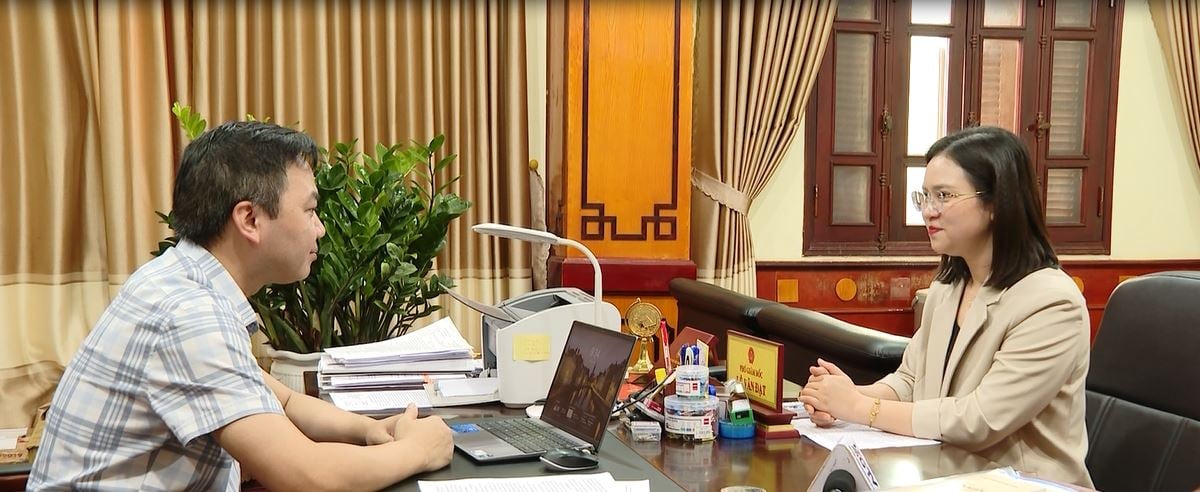

















































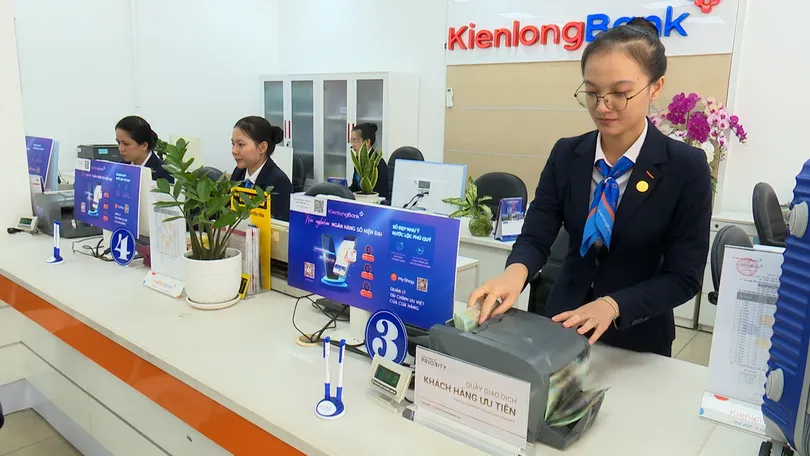
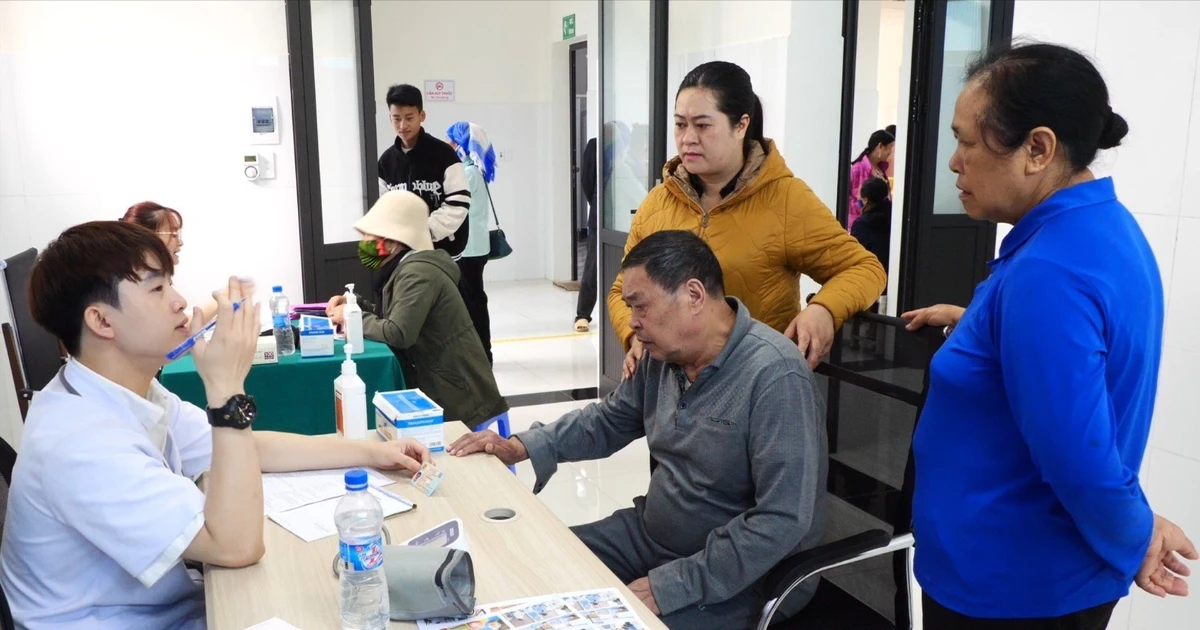












Comment (0)